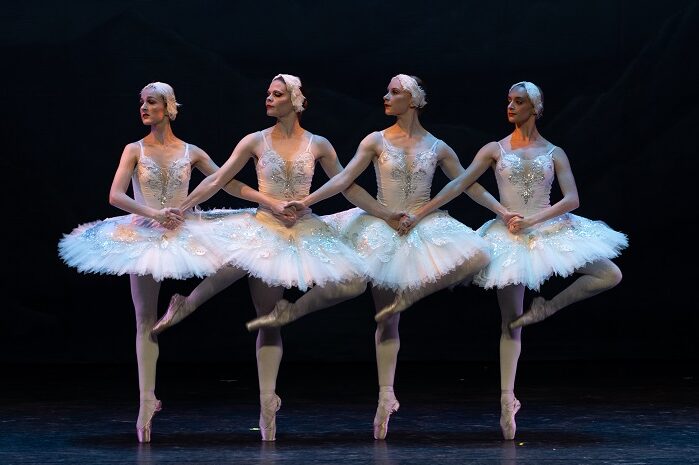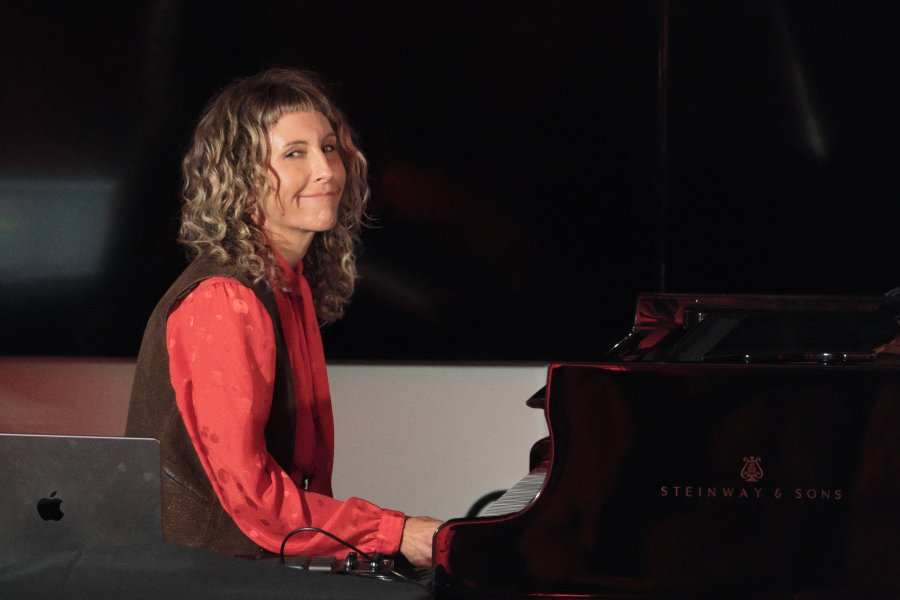
PIANO duos of fame almost always seem to share a common gene pool – one thinks immediately of the sisters Labèque, the brothers Kontarsky, father and son Vladimir and Vovka Ashkenazy and father and daughter Emil and Elena Gilels. Go back a little further in time and you find the brothers Rubinstein and the sisters Boulanger. Even further and we arrive at the most famous piano duo of all – Wolfgang and Nannerl Mozart.
Andrew Rumsey and James Huntingford share a different kind of musical unity and one that works brilliantly. They share the same age, interests, academic institution and the ability to work together in rehearsal and performance with ease and flexibility.
Opening with Poulenc’s “Sonata for Piano Four Hands”, the concert bounced into life with a bright fanfare, settling back into lyrical and soulful playing. The pianists captured playful, almost childlike qualities in the second movement with gentleness and delicacy, before a soft-landing jazz chord to finish the piece.
Debussy’s “L’Isle Joyeuse” for solo piano, is based around the relationships between the whole-tone scale, the lydian mode and the diatonic scale. Huntingford played this with sensitivity and poise, capturing the mystique of the Channel Islands, that Debussy had visited with his wife and which inspired the piece.
Paul Dukas wrote “The Sorcerer’s Apprentice” in 1897 and it is originally an orchestral work. Many people are familiar with it through Walt Disney’s animation as part of “Fantasia”, Mickey Mouse being the hapless apprentice. In this, the pianists played with majestic assurity, capturing the relentless marching of the broken, wooden broom handles, while also hinting at the ever frightening scenario of chaos and despair suffered by the apprentice.
Saint-Saëns’ “Danse Macabre” was a doubly appropriate inclusion in the program, not only for its authentic French connection, but also because Halloween approaches later this month. Death calls forth the dead from their graves to dance for him on Halloween, while he plays the fiddle. The upper part was played with lyric beauty by Huntingford, while the rumbling and menacing bass was handled by Rumsey, occasionally somewhat too heavy-handedly, but nonetheless leaving the audience in no doubt as to the terrifying nature of the spectacle.
The second half of the concert opened with Gabriel Faure’s famous “Pavane”, Op.50 and was the only piece on the program that was dubious. The intimate orchestrations were lost in the translation to piano duet – heavy doubling of thirds, triple octaves and a grandiose approach somewhat destroyed the allure and delicacy of the original.
Lully’s “The Ceremonial March of the Turks” by contrast worked brilliantly as a piano duet adaption, the arrangement being by Huntingford. The pair played it with majestic and regal style, showcasing everything that is possible from a piano in volume, timbre, sonority and texture. This was a superb performance and a highlight of the concert.
The last time a piano duet reduction of Camille Saint-Saëns’ “Carnival of the Animals” was performed in Canberra was in 1996 at the Royal Theatre, with pianists Dudley Moore and Rena Fruchter. It was one also of the most disastrous concerts in the history of live performance. William Hoffmann’s review in a local newspaper of the time carried the headline, “Bumbling ineptitude from Dudley Moore”.
Rumsey and Huntingford played the piece with sparkling panache, uncanny musical unity and understanding and pianistic skill that showcased their talents and the music superbly. The linking dialogue by Ogden Nash was wryly delivered with suitable tough-in-cheek humour by John Rumsey, father of Andrew. This was the major work in the second half of the program and particular highlights in capturing the essence of the animals portrayed included the lion’s roar, at least three different cuckoos (there is only one in the original, played by clarinet), The Aquarium and Le Grand Finale, where all the animals come together.
A great night’s entertainment from two outstanding young pianists.
Who can be trusted?
In a world of spin and confusion, there’s never been a more important time to support independent journalism in Canberra.
If you trust our work online and want to enforce the power of independent voices, I invite you to make a small contribution.
Every dollar of support is invested back into our journalism to help keep citynews.com.au strong and free.
Thank you,
Ian Meikle, editor








Leave a Reply